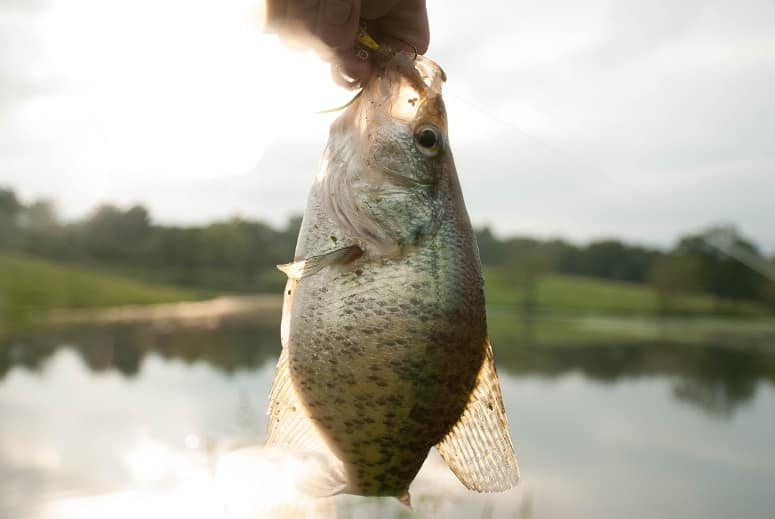
Crappies are amongst the most popular species to catch in North America, with the sunfish being highly regarded for their wonderful taste and the general fun of catching them. However, as any angler will know, finding crappie is not always a given, with the fish being more elusive than most are willing to admit.
How To Find Crappie With and Without Electronics?
Despite being catchable all year, there are different periods when they are easier to catch, while other times make them much tougher to spot. For instance, spawning season is usually peak time for catching crappies, while they become more elusive when the temperatures lower and they seek deeper water.
Thankfully, electronic fishing devices make it much easier to find crappie, although it is certainly possible to catch them even without electronics!
How to Find Crappie Using a Fish Finder
A fish finder is an angler’s best friend when it comes to finding elusive fish, with the device using high-frequency sonar to detect their location, so it’s a great tool for finding crappie.
The biggest challenge is identifying crappie on the device – look for white dots that are nearby to structures or sheds. Crappie look the same on both side-imaging and down-imaging sonars, with the former being suitable for trolling and the latter suitable for vertical jigs.
Be sure to scout the area where you are fishing when using the fish finder for signs of crappie! For example, creek channel structures with lots of white dots nearby are likely crappies. Fish finders are especially useful for finding crappie at night, in muddy waters, and freshwater locations you’re unfamiliar with.
How to Find Crappie Without Electrics
You don’t need electronic gadgets to find crappie – the old-fashioned way works just as well! It helps to know where to look of course, so any freshwater body like lakes, creeks, streams, or ponds are good place to start.
Also, crappies love to school near submerged cover, with areas like brush piles, fallen logs, and docks are all areas worth checking out. From spring to early summer crappie tend to be found in shallower areas as they spawn and feed, moving to deeper waters around mid-summer and remaining there for most of the year.
Bait is important for finding crappies, so be sure to choose suitable bait such as minnows, worms, and other insects and live bait. If this isn’t working then artificial lures may work, with jigs being your best option in this regard – you may need a few different jigs to increase your chances of getting a bite.
Lures are another option if live bait and jigs aren’t working – consider using a spinnerbait if you’re casting into deeper waters from the shore. Jigging spoons can be a good choice during the summer months when crappie have migrated into deeper waters.
You’ll find that it is much easier to locate crappie in spring and autumn, as this is when the water temperature is at the right level and crappie remain in shallower areas. They’ll be eating a lot more during these seasons, making them group together and be quite aggressive feeders – it’s perfect for finding and catching an abundance of crappies!